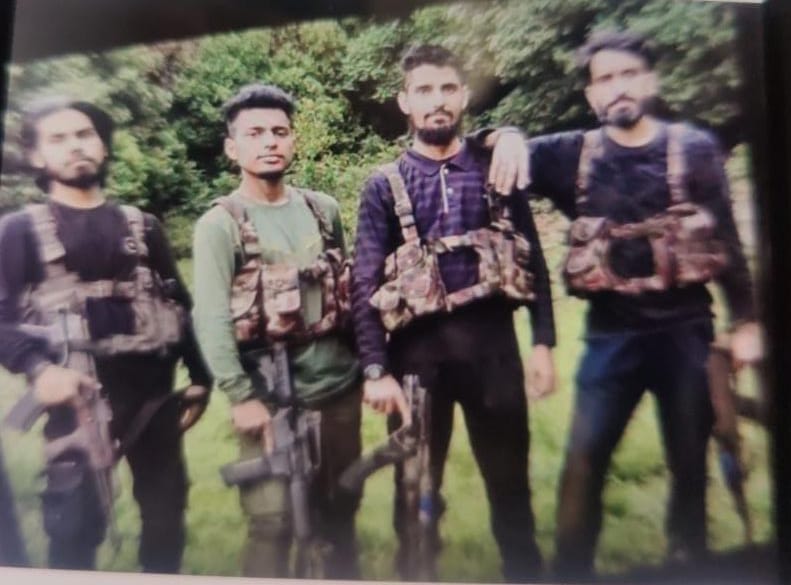The horrifying attack on tourists in Pahalgam’s Baisaran meadows was not only ruthlessly executed but also chillingly recorded. Investigators have confirmed that the terrorists responsible for the massacre wore helmet-mounted cameras, capturing the entire act as it unfolded, a tactic believed to be used for future propaganda or psychological warfare.
Officials said this disturbing detail emerged as part of a broader investigation into the carefully coordinated assault that killed 26 people, many of them tourists. The remote, scenic location known for its peaceful surroundings turned into a site of terror on Tuesday, as the attackers struck without warning.
According to reports involved in the investigation, the group of militants believed to number between four and six had prepared extensively in advance. They had scoped the area in previous days and identified weak security points. Their choice of Baisaran, an isolated meadow about 6.5 km from the main town of Pahalgam, ensured that rescue efforts would be delayed due to the lack of vehicle access.
Officials Link Attack to Lashkar-e-Taiba
Security officials have linked the attack to Pakistan-based Lashkar-e-Taiba (LeT), although the claim of responsibility came from The Resistance Front (TRF), widely believed to be a proxy outfit. Of the four main assailants, two were identified as local militants Aadil Thakur from Bijbehara and Aasif Sheikh from Tral while the remaining two are suspected to be Pakistani nationals of Pashtun ethnicity.
In what appears to be a calculated targetting, the attackers asked tourists for their names before opening fire. The militants separated men from women, reportedly identifying Hindu men and executing them at close range using AK-47 rifles loaded with armor-piercing steel bullets. Two victims reportedly attempted to conceal their religious identity but were still identified and killed. The entire attack is said to have lasted around 15 minutes.
While some attackers shot from close range, others were possibly stationed on elevated terrain, providing cover or acting as lookouts. Authorities are not ruling out the presence of additional militants in the area.
Terrorists Use Body Cams in Rare Tactic Shift
Disturbingly, the use of body cameras in this operation suggests a shift in terrorist tactics, with visuals potentially being used to amplify fear or train recruits. It’s one of the first instances in the Kashmir Valley where attackers have documented their actions in real time using wearable technology.
Post-attack investigations led by the National Investigation Agency (NIA) have included forensic pieces of bullet shells and soil at the scene. Local police have also detained several individuals from nearby areas, and telecom companies have been asked to share data related to active mobile connections during the time of the attack.
Despite prior generic alerts from intelligence agencies, there was no specific warning of a strike targetting civilians in tourist zones. Officials acknowledged that the lack of visible security presence in Baisaran was part of an effort to maintain a tourist-friendly image. Unfortunately, that left a significant gap which the attackers exploited.
The attack also resulted in the death of a staff member from the Intelligence Bureau who was visiting with family. However, security sources have dismissed any theory that intelligence personnel were the primary targets. Victims’ bodies have been shifted to Srinagar, where a wreath-laying ceremony is scheduled today.


